After lying in bed for an astounding 50 days, Montenegro‘s competition to crown its laziest citizen has reached a lethargic climax. The game of nerves could have gone on indefinitely if the last contenders Lidija Marković and Filip Knežević hadn’t agreed to stand up and swap mattresses for a throne. They instantly became poster children for often underrated “activity” – the fine art of taking a break.
Every year, Brezna Ethno Village organizes a contest in literally doing nothing. Those who walk in their sleep could never win it
We live in a fast-paced and demanding environment. The championship in supreme laziness organized in the small Balkan country of Montenegro could be seen as detachment from reality, not differing much from competitive eating challenges.
In the world of never-ending tasks and deadlines, where no employee is entitled to an annual leave that would enable them to even join the contest in literally doing nothing, taking a break is considered a luxury.
But slowing down can be a secret weapon for productivity and well-being. From the Pomodoro Technique which slices the workday into sanity-saving half-an-hour slots with mini-breaks, to the travel concept of a year-long sabbatical that, as a work break every seven years, has been around since biblical times (thanks, shmita), unwinding is not only welcome, but – essential.
Burnout doesn’t discriminate – it hits both mortals and celebrities. Adele, Ed Sheeran, Justin Bieber and Drake made decisions of taking a break from music, Emily Blunt and Chris Hemsworth hit pause on their acting careers, and Naomi Osaka pulled a brake on tennis tournaments. Their reasons varied from seeking higher education to reconnecting with family or focusing on health issues.
Reposing releases pressure to perform at our best, reboots our system, and recharges us to unleash our full potential.
Many world cultures recognize the power and the importance of taking a break. And today we’ll explore what timeout methods you can steal for yourself!
I started my global travel journey also because I desperately needed a break. Remind yourself that we are not cats!
Montenegro’s annual laziness spectacle
Now in its 12th year, the Brezna Ethno Village in Montenegro has been hosting the wackiest competition known to humankind: the quest for the title of “Laziest Citizen”. The rules are simple: lie down, stay horizontal and, if nature calls, you’re granted a 10-minute bathroom break every eight hours.
Back in August, 21 individuals lay down under the gentle shade of a colossal maple tree, aiming to break last year’s jaw-dropping record of 117 hours of inaction (nearly five days in bed!) and win the grand prize of 1,000 euros. But nobody could’ve predicted that this year’s batch of horizontal heroes in the sleepy village would turn out to be so persistent.
August passed, September flew, and even when October rains arrived, there were still four contestants determined not to give up / get up.

With the bed battle moving indoors, the final showdown boiled down to two 23-year-olds. Beautician Lidija Marković and student Filip Knežević were challenging each other around the stereotype that Montenegrins are lazy. But beyond just the laziest person competition, they were also engaged in a test of stubbornness and willpower that would make a mule proud.
“The most important thing is to believe in yourself and to be mentally strong”, Lidija says. “I am a hardworking person, I have my own beauty parlor, and usually lie around only when there’s not much work, about 2-3 hours a day. Only occasionally, I lie around all day. I joined the competition because I needed a break. I couldn’t wait to enjoy and rest. While there, I was reading books, listening to music, and watching movies. I spent the most time talking to other contestants. There were also quarrels. But that irritation helps you get an even greater desire not to give up.”
“I think that in this competition, significant results can be achieved by all mentally strong people because, after a few days, this grows into a psychological struggle”, Filip confirms. “Personally, I didn’t have any critical moments because I came to get rest. I like to lie around in regular life too, with a good book or a movie, and that typically takes a couple of hours at home, usually 3-4.”
Shortening the long hours by reading the Bible and binge-watching the “Scream” horror series, Filip made it into the final duel with Lidija that lasted until the 50th day.
Lie-down setup
After exactly 1,200 hours of perfecting the art of lying in bed, the myth of Montenegrins as world-class couch potatoes was defended.
“We did something to make the whole world laugh”, Lidija admits. “But I think nobody will be able to break this record. None of us would have signed up if we’d known it was going to take this long.”
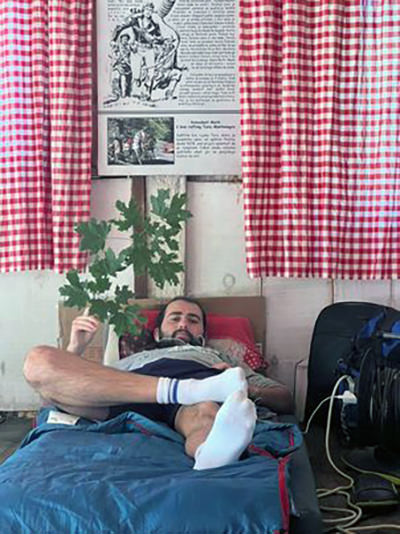
“I am well-organized, so people could think I have too much free time, but after all, I was forced to even postpone some obligations”, Filip reveals.
Then came a surprise: the competition in taking a break had to take a break.
“When it was only Filip and me, I told him I certainly wouldn’t let him win. And then we decided to get up together. We’re surely both winners, but he left the victory to me”, Lidija claims.
But on the other side, the story goes somewhat differently, as Filip suggests that the end was forced. He had initially hoped for a fair fight at the epic nap fest, but what he experienced was closer to a Balkan-style intrigue. Filip came out of the competition disappointed, suggesting that Lidija “had to” win.
“I was personally under terrible pressure from the organizer Mićo Blagojević, who from the very first days eminently favored and ‘pushed’ Lidija”, Filip confides. He suspects that she needed a publicity boost for her beauty salon, so he finally succumbed to the organizer’s proposal to conclude the contest, split the prize, and “leave media attention” to his opponent.
The organizer went silent when I reached out, but Lidija dodges the accusations: “I have no comment on this and I don’t know if it’s true that Filip said so. The fight was fair.”
Filip’s story serves as a valuable lesson that even in the Olympics of doing absolutely nothing, persistence can yield remarkable results, but it could still be not enough.
“I am persistent when I feel some injustice and favoritism of others as I experienced here”, he explains. “I saw this as a competition that primarily arose on the stereotype that we, Montenegrins, are lazy and that we will pass time joking around. In the end, it didn’t turn out like that, both because of the organizer and because of some of the competitors who saw an opportunity to win miserable money and some ‘media fame’.”
Mićo Blagojević, the organizer of Brezna's competition in lying around, responded to Pipeaway's request for comment after the article was already submitted. In a Facebook message he sent, he said: "This is a lie-down contest. It's not possible to favor anyone. It's about who endures the longest, that's all. Anything else is not doable. Favoritism you say 🤣🤣🤣"
How to take a break around the world
While Montenegro’s art of extreme relaxation, with its intriguing appeal and less appealing intrigues, is available to contestants from abroad too, you don’t have to pack your sleeping bag for Southeastern Europe to master the art of taking a break.
Around the globe, countless traditions celebrate the habitude of recess. Their rewards might not be calculated in euros, but that doesn’t make them less valuable.
1. Siesta (Spain and Latin America)
Spanish siesta, which also exists in Mexico and particularly in rural parts of Latin America, is perhaps one of the most well-known midday rest traditions. People in these countries take a break in the early afternoon, usually somewhere between the tick-tock of 2 p.m. and 4 p.m., to rest, nap, or simply refresh themselves.
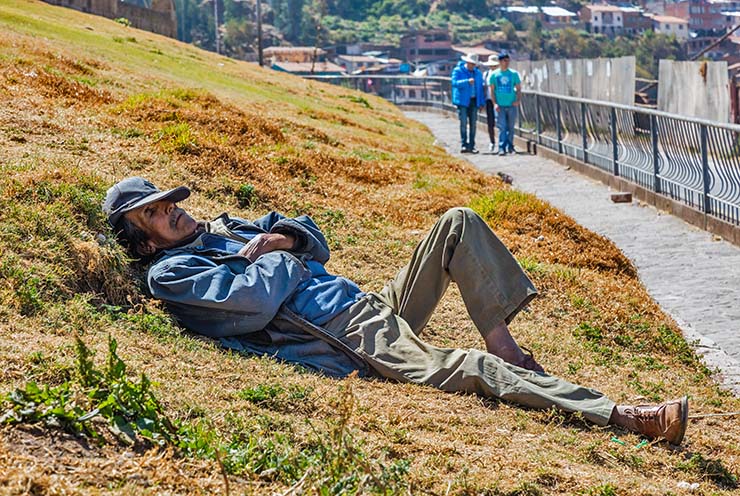
Streets become quieter, shops and businesses close their doors, and everyday folks retreat to their homes to relax or spend time with family and friends.
This tradition is common in places with warm climates, as the scorching midday heat can make outdoor activities uncomfortable. Therefore, the slumber of the siesta encourages a slower pace of life and serves the purpose of recharging the batteries for the rest of the day.
Besides well-being, the siesta also fosters a sense of community. It’s an unofficial fiesta of connection.
From siestas to fiestas, there's much more that goes into the vibrant culture of Spain.
2. Fjaka (Croatia)
Fjaka is a concept in Dalmatia, the coastal region of Croatia. It describes a state of deep relaxation and lack of any aspirations.
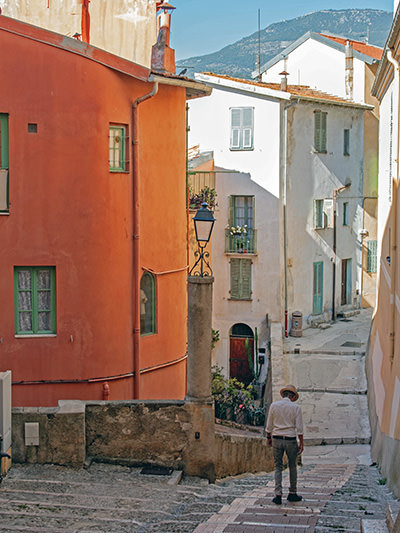
Summer temperatures are responsible for this tradition too, as locals experience the lack of energy that immobilizes and numbs them. When you are literally “caught by fjaka”, there’s no fighting it. The time loses meaning, and lethargy prevails. You cannot NOT surrender to this break.
Taken by fjaka, Croats may look for a shade to regenerate in a quick nap or just unwind in daydreaming. The practice involves taking a leisurely approach to life, savoring the moment, and giving the middle finger to daily routines.
There’s no rush, the world of duties will still be there when fjaka releases you from its sun-soaked grasp!
Iceland is inviting you to take a break with the help of - horses. Check out their creative tourism campaign!
3. Riposo (Italy)
In Italy, especially in smaller towns and villages, there’s another Mediterranean tradition of taking a break, known as riposo. It typically involves easing off during the hottest part of the day, often after lunch, to rest or nap. Post-pasta siesta? Yes, please!
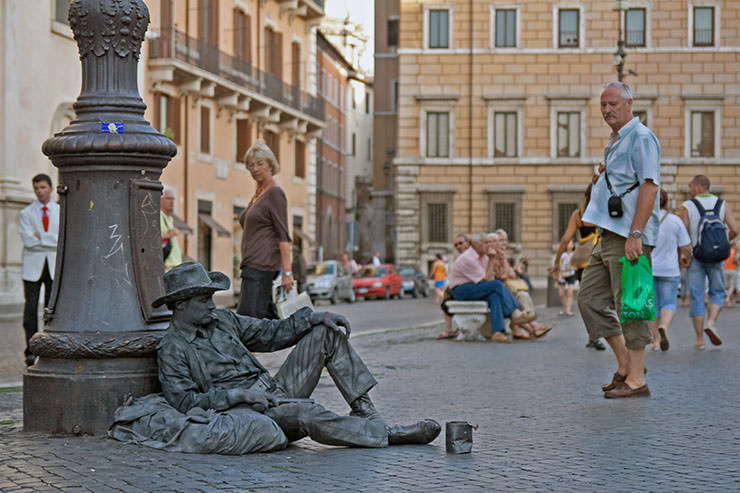
Workplaces, shops, and even some public services may close for a few hours during riposo, to provide everyone some space for tranquility.
Even if you just take a 30-minute nap, it is believed that such a riposo will refresh your mind, boost your productivity, and make you healthier in the long term.
The midday snooze of riposo is the ultimate dolce vita.
4. Inemuri (Japan)
The Japanese practice inemuri, the art of napping while being present. This shut-eye happens at the workplace and is typically not frowned upon, as it’s considered an advanced act of multitasking. It also shows that the napper is a hardworking individual if they feel the need to take a break while on duty.
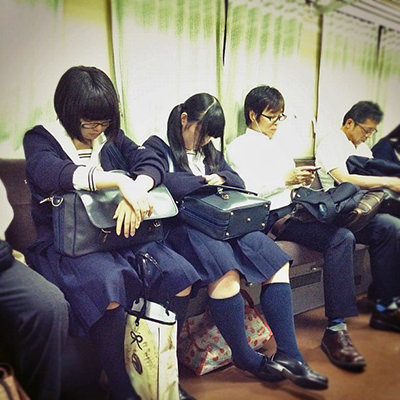
The centuries-old practice of sleeping in public is also embraced in restaurants, department stores, schools, parks, and the holiest of napping venues – trains. Whenever you commute in Japan, you’ll see locals dozing off. The practice is socially acceptable as long as one doesn’t invade other people’s space.
The Japanese work hard, they are overachievers of overtime. Sometimes, the work-related pressure leaves less room for sleeping in bed at home. Inemuri provides brief pockets of time for taking a break from that busy schedule and is an affordable cost of success.
So next time you see someone in Japan nod off in the middle of a meeting, don’t be quick to judge – they’re not being rude; they’re just mastering the art of inemuri.
5. Bathing rituals (world)
When it comes to switching off from the daily grind, some folks have embraced a good old soak. In different corners of the globe, public baths are designed to peel off everyone’s social status together with clothes and reconnect people in a relaxing atmosphere.
The Japanese have onsen. Taking a break in these traditional hot springs involves dipping into mineral-rich hot water, which is believed to have health benefits. It’s a popular way to relax and unwind in Japan.
Japan’s first neighbor loves to indulge in Korean spas. The bathhouses in South Korea provide bathtubs, saunas, scrubbing stations, and even napping spots called jjimjilbangs (for both snorers and non-snorers).
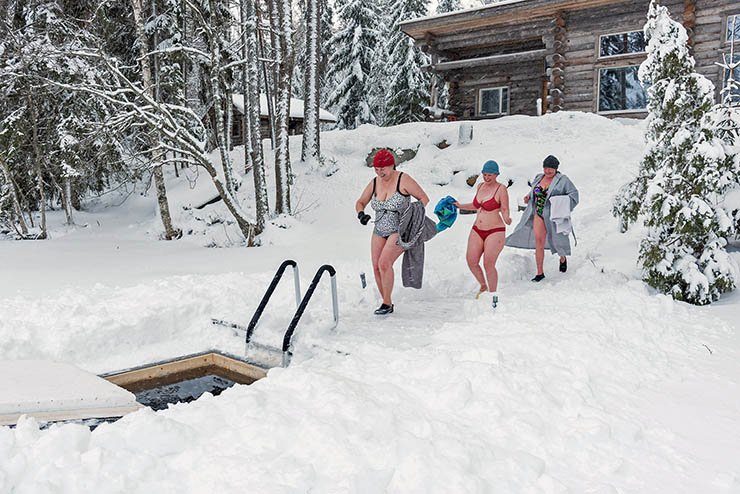
In the Islamic world, the hammam reigns as a traditional steam bath and spa experience. It is a popular way to relax and cleanse the body, from hygiene rituals in Morocco all the way to the Turkish baths of Budapest. People often take breaks to visit hammams and enjoy their therapeutic benefits.
And then there’s Finland, the land of sauna culture. Spending time in a hot room where arguing is prohibited could be a secret behind Finland’s reputation as the happiest country in the world. Until recently, Finns used to treat sauna sitting as a competitive sport. They’d challenge each other to sauna-offs, seeing who could endure the most heat. Something like the Montenegro contest, but with much more sweating involved.
6. Tea & coffee breaks (world)
In the United Kingdom, the relaxing social custom of afternoon tea has evolved as a snack break to bridge the hunger time between lunch and dinner. Usually served around 5 p.m., a cup of tea is enjoyed along with finger-food sandwiches, scones, pastries, and cakes. Another British tradition involves taking a break around 11 am – elevenses typically recharge energy with tea and biscuits.
The Japanese tea ceremony or chanoyu elevates taking a break to a whole new level. Rooted in Zen Buddhism, the ritual involves the intricate choreography of preparing and serving matcha tea in a serene setting. This break is designed with meticulous attention to detail, from utensils to gestures, encouraging participants to slow down, appreciate the present moment, and find inner peace.
In Morocco, the art of taking a break is also exemplified by a traditional tea ritual. Atay or mint tea is poured from a height into small glasses, allowing both host and guests to pause, savor the aromatic herbal infusions, and engage in meaningful conversations.
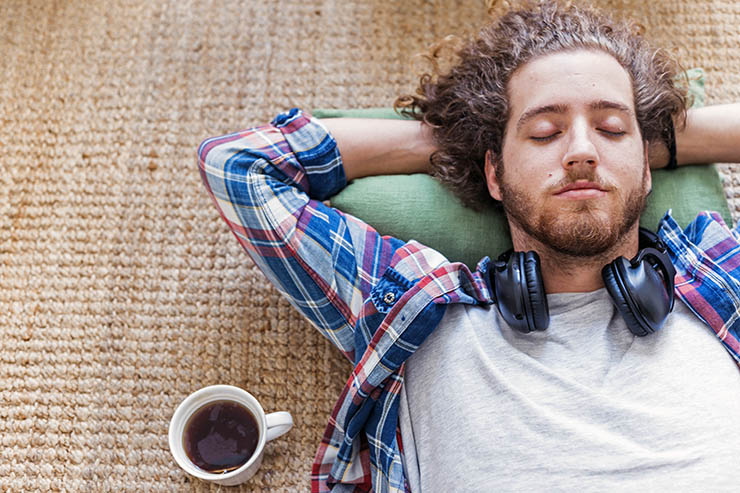
In some other countries, such as Italy, the afternoon break replaces tea with coffee – or caffè. Literally called a coffee break, the hot beverage is a perfect excuse to meet and exchange with others.
Fika is a cultural tradition of taking a break in Sweden. The work-life balance is restored with coffee and pastries. It is a social activity, often combined with candlelight, reminding people to relax, chat, and slow down.
In the Philippines, Southern Europe, and Hispanic America, merienda is a light meal or snack paired with tea or coffee in the late afternoon. It’s the moment when work and daily chores take a backseat, and socializing with loved ones takes center stage.
The hot beverage fuels our civilization. Find the world's best coffee here!
7. Friluftsliv (Norway)
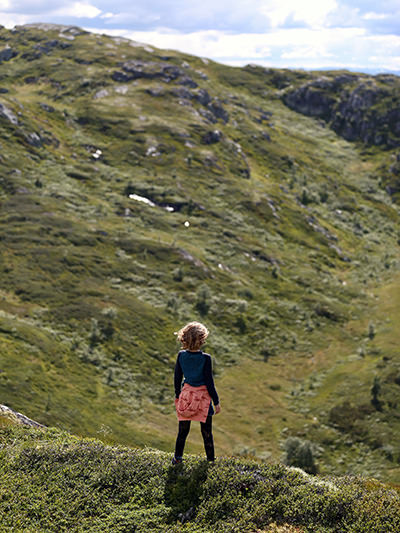
Norwegians are second on the world chart of coffee drinkers, just behind Finns, with every citizen consuming nearly 10 kilos of coffee per year. Taking kaffepause is always allowed, from early morning to late night.
Coffee is a must-have accessory for every occasion, including hiking. But the outdoor lifestyle itself, or friluftsliv, is a crucial cultural concept in Norway.
Spending time in nature is embraced at any given moment. Whether it is waking up at the crack of dawn for some pre-work skiing, or just taking a leisurely Sunday stroll (søndagstur), taking a break from the hustle and bustle of modern life is considered an essential way to recharge one’s energy.
For the best hikes in Norway, head to Lysefjord, the impressive land of cliffs and rocks!
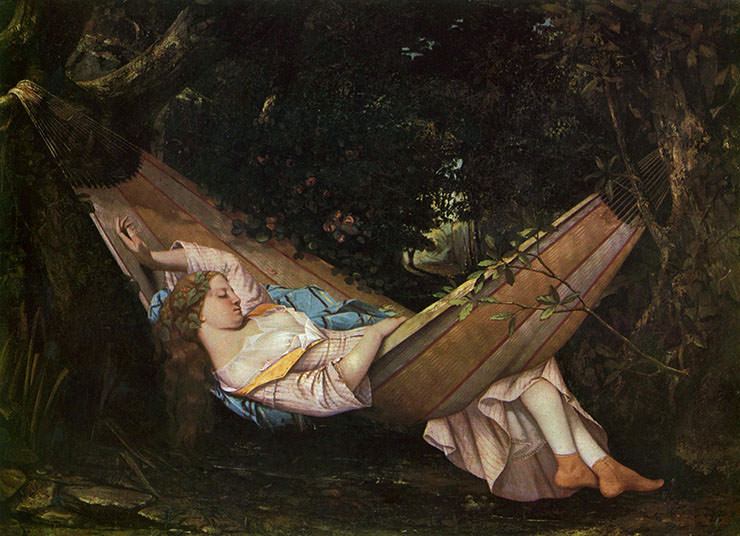
Why taking breaks is important
Sometimes, we can feel guilty for taking a break, but that’s just societal pressure talking. Even Jesus was taking time off, so stopping the grind is certainly not a cardinal sin!
Hitting the pause button on life’s relentless treadmill can have a significant impact on physical, mental, and emotional well-being, as well as overall productivity.
Whether you are opting for a quick power nap, or taking a break for a month or even a year, your choice should improve your performance.
Here are key reasons why taking breaks is vitally important:
Rest and recovery
You’re not a robot. Relentlessly pushing forward without a break can lead to a physical and mental meltdown. Breaks provide rest and recovery for the body and mind, preventing the dreaded burnout. Your health will thank you.
Turbocharging productivity
Breaks aren’t time-wasters; they’re time-investments. Regular breaks can boost productivity. When we take short breaks during work or study sessions, we often return to our tasks with increased focus, energy, and efficiency.
Brainpower on steroids
Your brain needs its beauty sleep too. Taking a break can improve concentration and cognitive functioning. After a break, the brain is all set to absorb and process information more efficiently and make better decisions.
Stress relief
Activities like deep breathing, stretching, or a short walk belong to a stress-fighting arsenal. They soothe tension and bring a sense of calm back into your life.
Creativity juices flow
Taking breaks can stimulate creativity. Stepping away from a problem lets your mind approach it from new angles, with creative insights and “eureka” solutions.
Social connection
Breaks often offer opportunities for social interaction. Whether it’s a water-cooler chat with colleagues, a coffee date with friends, a hike with family, or a conversation with a friendly stranger, socializing can boost mood and foster connections.
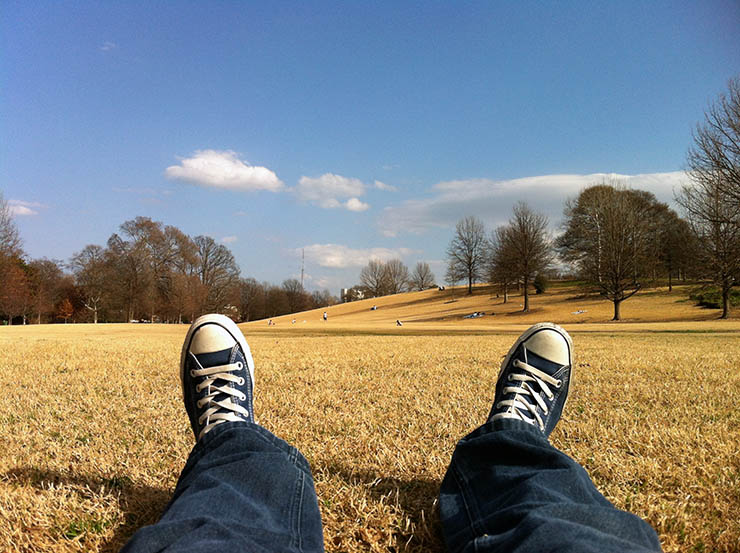
So, if you’re looking to establish a healthier work-life balance, taking time to relax and recharge is non-negotiable. Your personal life shouldn’t be at the mercy of your endless to-do lists and ever-dinging notifications.
If you need to take a break from a relationship, that can also free your spirit. Learn how to deal with a breakup!
Taking a break is okay – Conclusion
From KitKats to cats, the art of taking a break has been promoted to a crucial capacity in navigating today’s world. If you’ve been driving too long, even a car will tell you to consider taking a break.
Sometimes we need to break from work patterns to be able to – work on ourselves. It’s a process that puts the focus back on us and allows us to reset.
Whether we’re taking a break from a career, studying, dating, working out, social media, alcohol, or even from an extended break itself, the disruption can work wonders for both our physical and mental health
Incorporating regular breaks is a cultural phenomenon that varies from one part of the world to another. Whether it’s the siesta in Spain and Mexico, the tea ceremonies of Japan and Morocco, or the Swedish fika, each country has its own way of embracing downtime.
The people of Montenegro believe they are the heavyweight champions of lounging around. But they understand that even taking a break sometimes needs a break. It seems timeout should arrive naturally. Otherwise, ironically, resting has the potential to become tiresome.
Filip Knežević, a man who’s been lying for 1,200 hours, plans to chill out after the entire labored ordeal – on a vacation. “I plan to take advantage of the last sunny days and hit the seaside, take a walk, and even a dip because it relaxes me to the maximum”, he tells me.
“I’m enjoying time with my boyfriend and family”, Lidija says. “I’m still resting, and in ten days, I’m starting with work. I feel perfect.”
While playing with the stereotype of Montenegrins’ slothfulness, the winners of this quirky championship didn’t only break records and expectations. They also uncovered some ultimate truths about lying.
Whether we’re taking a break from a career, studying, dating, working out, social media, alcohol, or even from an extended break itself, the disruption can work wonders for both our physical and mental health. And that’s a priceless reward that cannot be counted in euros.
The 23-year-old legends of laziness, who slept through the high summer, will hopefully have a better autumn experience on their holidays. At least, they shouldn’t be bothered by fjaka.
Did you like this global guide to taking a break?
Pin it for later!
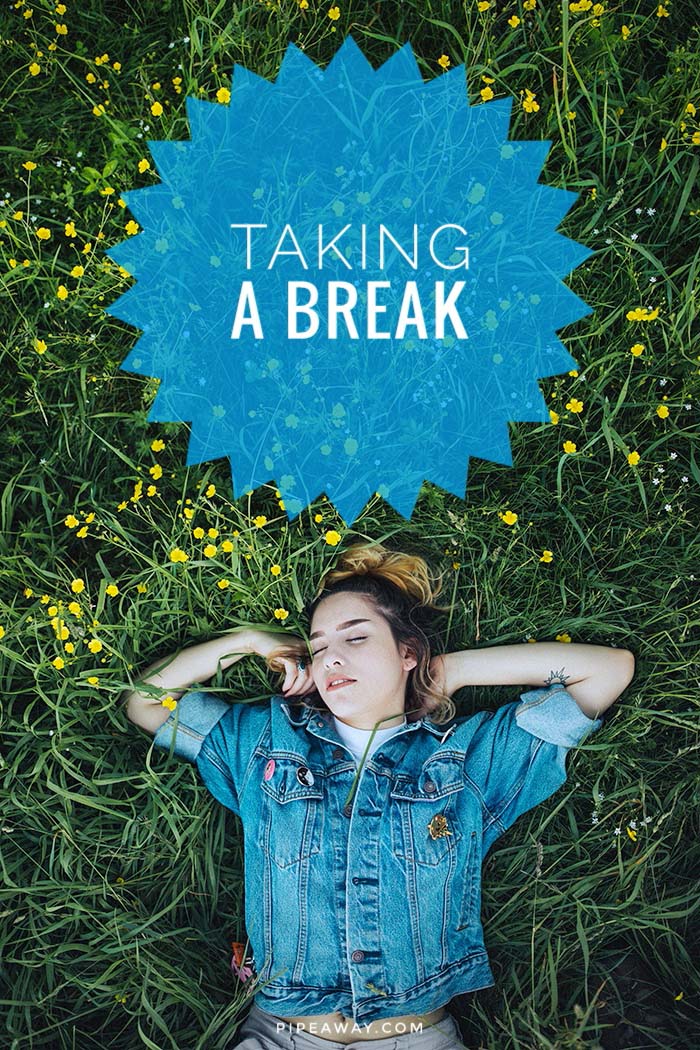
Disclosure: This post may contain affiliate links, meaning if you click on them and make a purchase, Pipeaway may make a small commission, at no additional cost to you. Thank you for supporting our work! The photographs in this article have been sourced through Pexels, Unsplash, Flickr, Freepik, private albums, and other open sources. In the order of appearance, the authors are as follows: Woman on a beach (cover image) - Eriks Cistovs, Pexels Lidija Marković and Filip Knežević - private photo albums Siesta in Cusco - Diego Delso, licensed under CC-BY-SA Menton street - Kamilla Isalieva, Unsplash Human statue - Roberto Ventre, licensed under CC BY-SA 2.0 Inemuri on train - John Gillespie, licensed under CC BY-SA 2.0 Finnish ice hole - valokuvaaja Sonja Lahtinen, licensed under CC BY-SA 4.0 Man on floor - Freepik Friluftsliv - Juliane Liebermann, Unsplash "Die Hängematte" (The Hammock), oil on canvas - Gustave Courbet Converse shoes on grass - Ilham Rahmansyah, Unsplash Woman on grass (pin image) - Wes Hicks, Unsplash

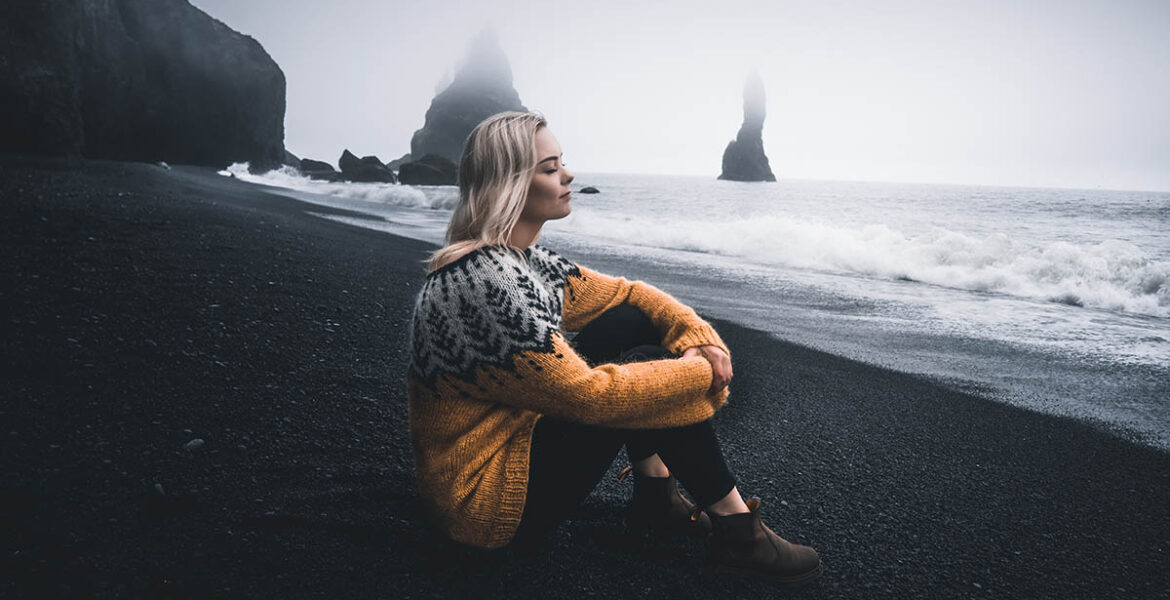


This is the first I have heard about the laziest citizen contest in Montenegro and I didn’t know about Fjaka in Croatia. Thanks for this informative article and the reminder to take a break when needed!
Hi Darla!
It’s an honor to introduce you to great Balkans traditions 🙂
Montenegro’s competition in laziness may be a newer thing, but fjaka has been around for ages.
Unlike siesta that almost feels like a mini holiday inside a day, fjaka is more of a monster – it’s an enemy one cannot fight.
Siesta tradition seems to me more like an active choice, while with fjaka, we can only passively accept that things are out of our control.
A great excuse for shutting down!
In any case, taking a break is both refreshing and crucial for our well-being.
So, whenever you feel like you need some downtime, go for it!
Very interesting read. Not sure I’ve ever thought about how differently “time out” is done around the world. I have always envied Spain’s siesta though. I think we need that in the US!
Hi Heather!
I’m glad you found the article interesting and eye-opening.
Spain’s siesta is indeed a standout example of how a culture embracing relaxation can have a worldwide impact. I envy it as a custom I didn’t make into a habit myself!
We’re all in a race for a disproportionally big part of our day, and I agree that introducing a siesta in other countries is a tempting idea!
The first time I truly understood the concept of tea time was during a trip to India. I was traveling with a group of locals and tea time was non-negotiable. It took a few days, but I learned to love this break. While not a siesta, it was a true break from the day to relax, chat and reset.
Hey Alexa!
Your experience in India sounds absolutely wonderful.
Tea time can be such a delightful and culturally enriching tradition, allowing us to take a break from the day’s hustle and bustle.
Thanks for sharing your experience! ☕